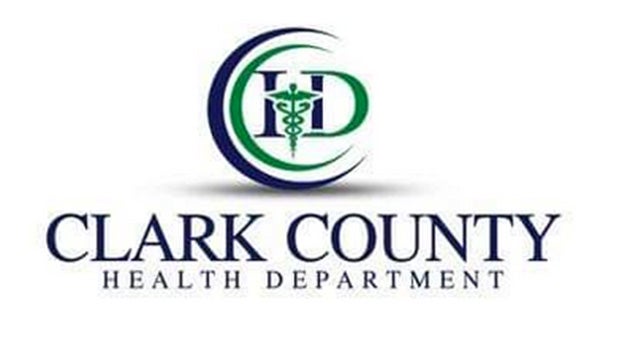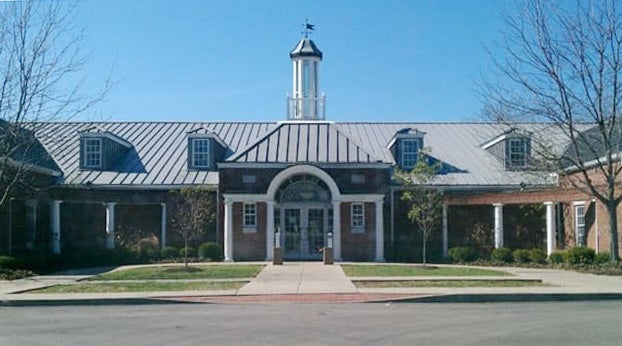STAMM: Tips for small-scale gardening
Published 10:42 am Tuesday, May 5, 2020

- Clay Stamm is the Clark County Cooperative Extension Service agent for agriculture and natural resources.
|
Getting your Trinity Audio player ready...
|
People living in urban areas might not think they have the space to garden, but that is not the case.
A University of Kentucky Cooperative Extension Service publication, “ID-248: Gardening in Small Spaces,” shows how to garden in a small area.
Besides space, an issue that may limit gardening is sunlight.
Most vegetables require full sun, meaning six or more hours of direct sunlight each day. If you have an open yard free of tall trees or a south-facing sunny patio, you should have sufficient light. If you only get four hours or so of light, try lettuce, spinach and radishes for the spring garden, or Swiss chard, cucumbers or winter squash for the summer garden.
Gardening with limited space is best done in raised beds in the yard or containers for the patio.
Beds can be made of many materials such as wood, plastic, vinyl or concrete blocks.
Kill or cover any existing grass within the bed area and add six to eight inches of amended soil.
Amended soil includes 25 percent garden soil and 75 percent organic matter such as a mixture of peat, humus and compost.
Little fertilizer should be needed if the mix contains at least 25 percent compost.
For patio gardening, use pots or other containers to grow vegetables. These containers should be filled with potting soil, not garden soil.
Use containers large enough to provide soil for good plant root growth.
Plants in containers will need occasional fertilizer. Consult the fertilizer label for specific instructions.
Larger pots will need less frequent watering than small pots, although container vegetables may need water once a day in the heat of summer.
Make sure there are drainage holes to allow excess water to escape the pot.
A five-gallon bucket is the perfect size for a tomato, while a 10-inch pot will hold a hot pepper plant.
The “Gardening in Small Spaces” publication includes information on plant spacing for beds and containers.
A companion publication, “ID-128: Home Vegetable Gardening in Kentucky,” provides information on planting dates and care instructions for most vegetables. Both publications are available online.
“Gardening in Small Spaces” is available at:
http://www2.ca.uky.edu/agcomm/pubs/ID/ID248/ID248.pdf
“Home Vegetable Gardening in Kentucky” is available at:
http://www2.ca.uky.edu/agcomm/pubs/id/id128/id128.pdf
You can also contact your Clark County Extension Service Office by calling 859-744-4682 for a copy of either publication or for additional gardening information.
Clay Stamm is a Clark County Cooperative Extension Service agent for agriculture and natural resources. He can be reached at clay.stamm@uky.edu.





